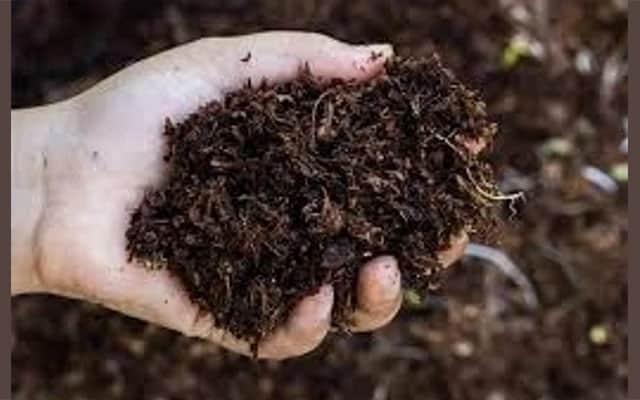London: A team of researchers has found that carbon emissions could be reduced to one-fifth of current levels, or 80 per cent, by 2050.
The researchers, from the University of Cambridge, found that two-thirds of emissions from fertilisers take place after they are spread on fields, with one-third of emissions coming from production processes.
They calculated the carbon footprint for the full life cycle of fertilisers, which are responsible for approximately five per cent of total greenhouse gas emissions” the first time this has been accurately quantified.
Their analysis, published in the journal Nature Food, found that manure and synthetic fertilisers emit the equivalent of 2.6 gigatonnes of carbon per year” more than global aviation and shipping combined.
Earlier research has estimated that 48 per cent of the global population is fed with crops grown with synthetic fertilisers, and the world’s population is expected to grow by 20 per cent by 2050.
The Cambridge researchers said that a combination of scalable technological and policy solutions are needed to reduce fertiliser emissions while maintaining food security.
However, they estimate that if such solutions could be implemented at scale, the emissions from manure and synthetic fertilisers could be reduced by as much as 80 per cent, to one-fifth of current levels, without a loss of productivity.
“Incredibly, we don’t actually know how many chemicals we produce globally, where they end up, where and how they accumulate, how many emissions they produce, and how much waste they generate,” said co-author Dr Andre Cabrera Serrenho from Cambridge’s Department of Engineering.
Serrenho and his co-author Yunhu Gao undertook a project to accurately measure the total impacts of fertilisers, one of the two main products of the petrochemical industry.
The researchers mapped the global flows of manure and synthetic fertilisers and their emissions for 2019, along all stages of the life cycle, by reconciling the production and consumption of nitrogen fertilisers and regional emission factors across nine world regions.
After completing their analysis, the researchers found that, unlike many other products, the majority of emissions for fertilisers occur not during production, but during their use.
“It was surprising that this was the major source of emissions,” said Serrenho.
“But only after quantifying all emissions, at every point of the life cycle, can we then start looking at different mitigation methods to reduce emissions without a loss of productivity.”
The single most effective way to reduce fertiliser-associated emissions, however, would be to reduce the amount of fertilisers that we use.
“We’re incredibly inefficient in our use of fertilisers,” said Serrenho.
Read more:
EU ministers reach agreement on new carbon tax
Canada finalises Clean Fuel Regulations toward net-zero emissions
Six areas where action must focus to rescue this planet
India’s first 2G ethanol bio-refinery to be set up in Punjab
Australia’s largest bank joins Net-Zero Banking Alliance to cut emissions by 2050

















